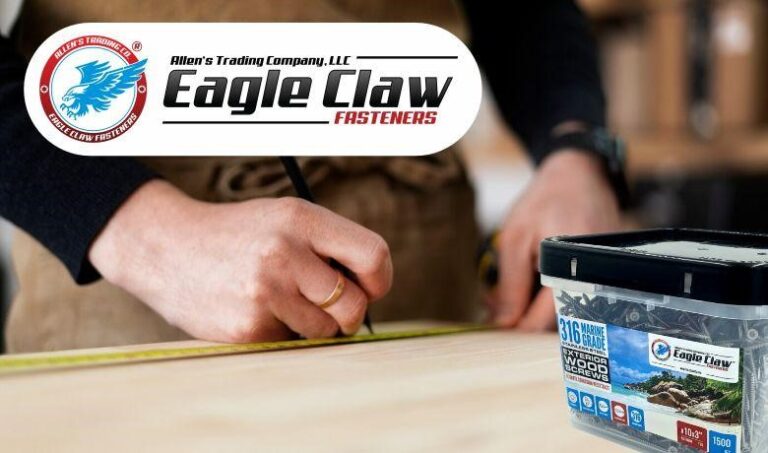Basement Waterproofing in Toronto: Protecting Homes from Water Intrusion
In the vibrant city of Toronto, where modern living coexists with historical architecture, the challenge of basement waterproofing is a common concern for homeowners. Nestled beside Lake Ontario and subject to variable weather patterns, toronto basement waterproofing experiences a range of precipitation, from heavy rainfall to snowmelt, making effective basement waterproofing essential to maintaining a structurally sound and habitable living environment.
Understanding the Need for Basement Waterproofing:
A basement serves as a vital home extension, providing valuable storage space, utility areas, and, in some cases, additional living space. However, its below-ground nature exposes it to the gamble of water invasion, which can prompt a cascade of issues. These issues include mold growth, deteriorating air quality, damage to valuable possessions, and compromised structural integrity. Therefore, basement waterproofing becomes a proactive measure to mitigate these risks and ensure a comfortable and safe living environment.
The Impact of Toronto’s Climate:
Toronto’s climate plays a significant role in the need for effective basement waterproofing. The city encounters a sticky mainland environment portrayed by warm, moist summers and cold winters with substantial snowfall. The temperature fluctuations and precipitation patterns contribute to managing water around and within a building’s foundation. Heavy rainfall and snowmelt can saturate the ground, allowing water to seep into basements through foundation walls and floors.
Methods of Basement Waterproofing:
So, toronto basement waterproofing involves combining techniques to prevent water infiltration into the basement. These methods can be broadly categorized as interior and exterior waterproofing strategies.
Interior Waterproofing:
Interior waterproofing methods are applied from within the basement and effectively manage water entering the structure. Common techniques include:
-Interior Drainage Systems:
These systems include the installation of channels and pipes around the perimeter of the basement floor. They collect and redirect water towards a sump pump, which removes the water from the basement, preventing flooding.
-Sump Pump Installation:
A sump siphon is a basic part of interior waterproofing. It’s installed in a specially constructed pit and activates when water levels rise. The pump efficiently removes collected water, preventing it from causing damage.
Exterior Waterproofing:
Exterior waterproofing methods focus on preventing water from reaching the foundation walls in the first place. These methods require excavation around the building’s perimeter and include:
– Excavation:
This involves digging around the foundation to expose the exterior walls. While labor-intensive, excavation provides access to other exterior waterproofing measures.
– Waterproof Membranes:
Specialized waterproof membranes are applied to the exterior foundation walls. These membranes create an impenetrable barrier that prevents water from penetrating the walls.
– Exterior Drainage Systems:
Perforated pipes are installed alongside the foundation, allowing water to be collected and directed away from the building. Gravel is often used to facilitate proper drainage.
Foundation Repair and Maintenance:
Basement waterproofing also involves addressing existing issues and maintaining the integrity of the foundation:
– Crack Repair:
Existing cracks in the foundation walls are addressed through crack injection, where specialized materials are injected into the breaks to seal them and forestall further water interruption.
– Foundation Underpinning:
In cases where the foundation is settling or weak, underpinning techniques can stabilize and strengthen it, preventing future water-related problems.
– Grading and Landscaping:
Proper grading around the foundation is essential. The ground should slope away from the building, ensuring water naturally flows away from the foundation. Landscaping features like swales and berms can help manage water runoff effectively.
– Window Well Covers:
Basements with windows below ground level benefit from window well covers, which prevent water from accumulating in the wells and seeping through the windows.
The Role of Professionals:
Effective basement waterproofing is a complex process that requires expertise and experience. Homeowners in Toronto are advised to consult professional basement waterproofing contractors who understand the local climate and geological conditions. These experts assess each property’s unique characteristics and recommend tailored solutions to address water infiltration effectively.
Conclusion:
In Toronto’s urban landscape, basement waterproofing is a vital defense against the challenges posed by water infiltration. From heavy rainfall to snowmelt, the city’s climate presents homeowners with the imperative to protect their basements from water-related issues. Through interior and exterior waterproofing methods, foundation repair, and strategic landscaping, homeowners can secure their basements against water intrusion, ensuring the preservation of their properties and the health and comfort of their living environments. As Toronto thrives, the wisdom of effective basement waterproofing remains a cornerstone of responsible homeownership.



